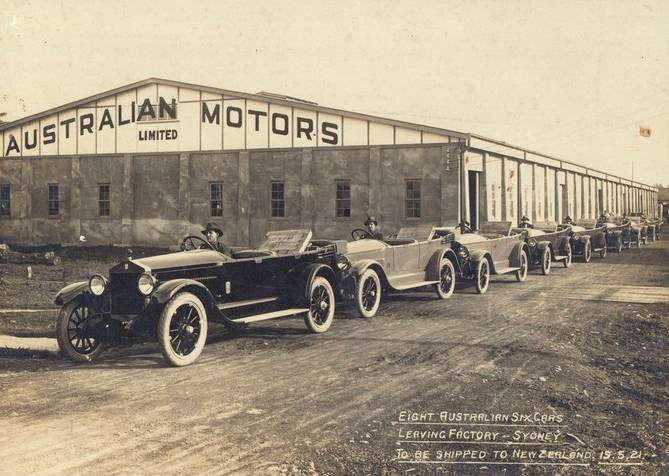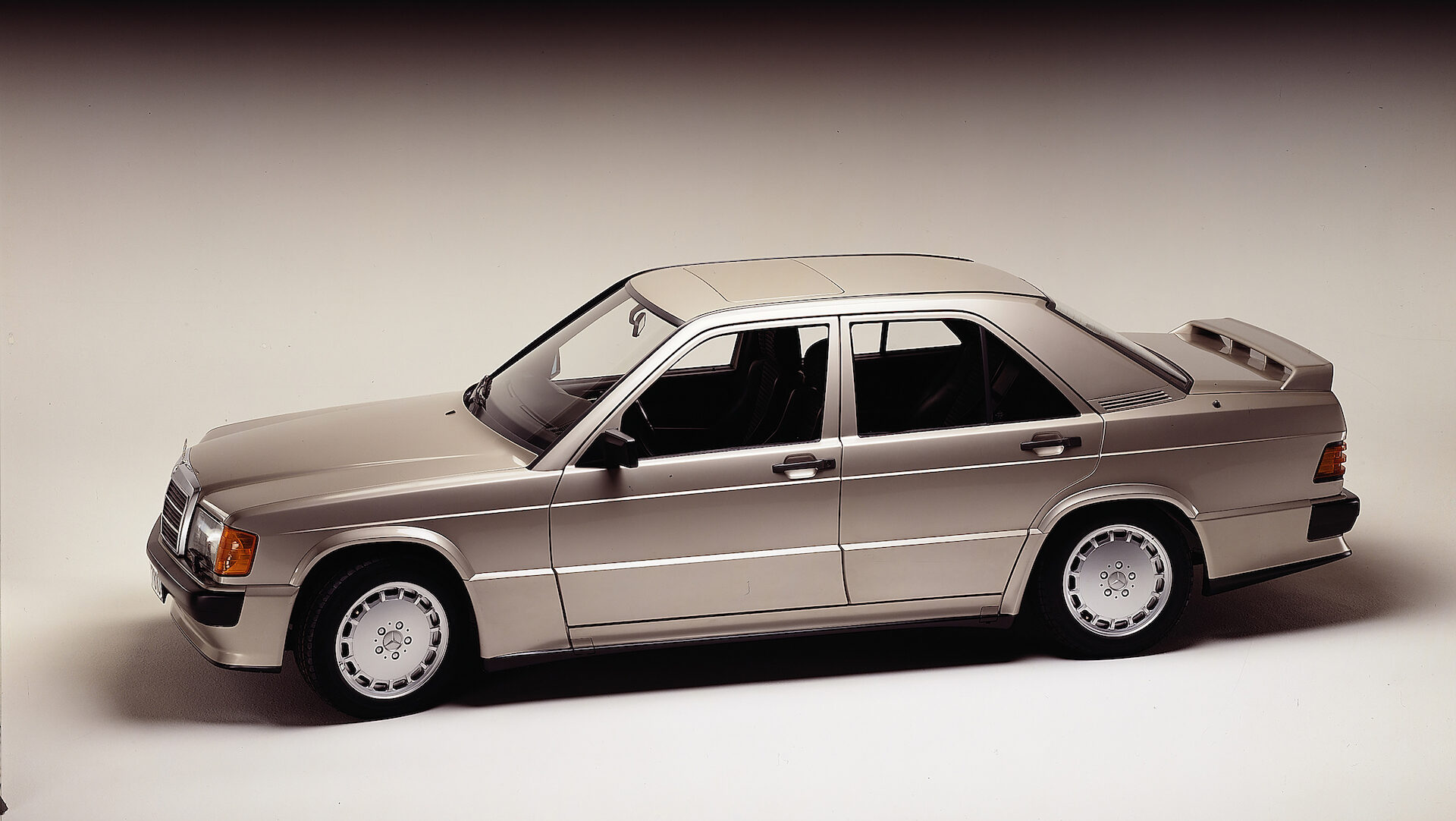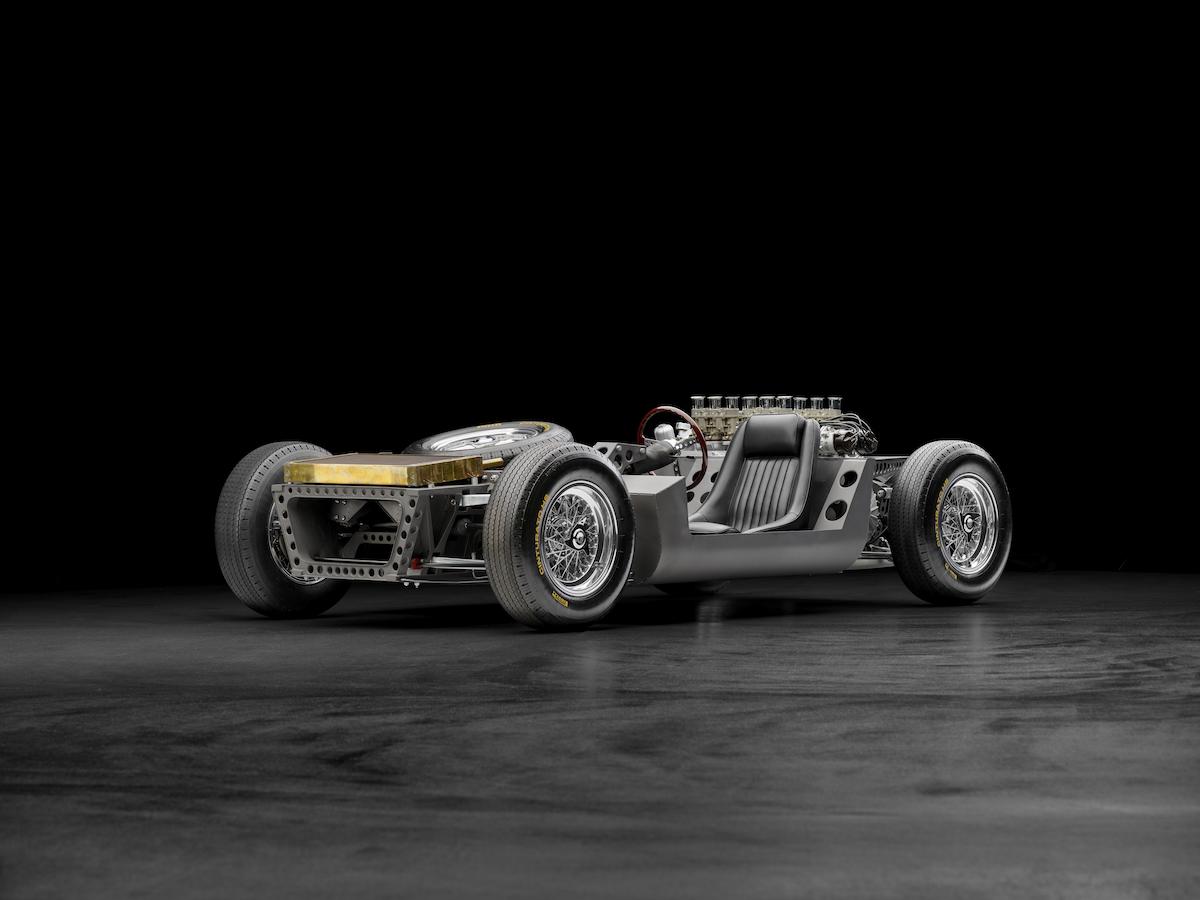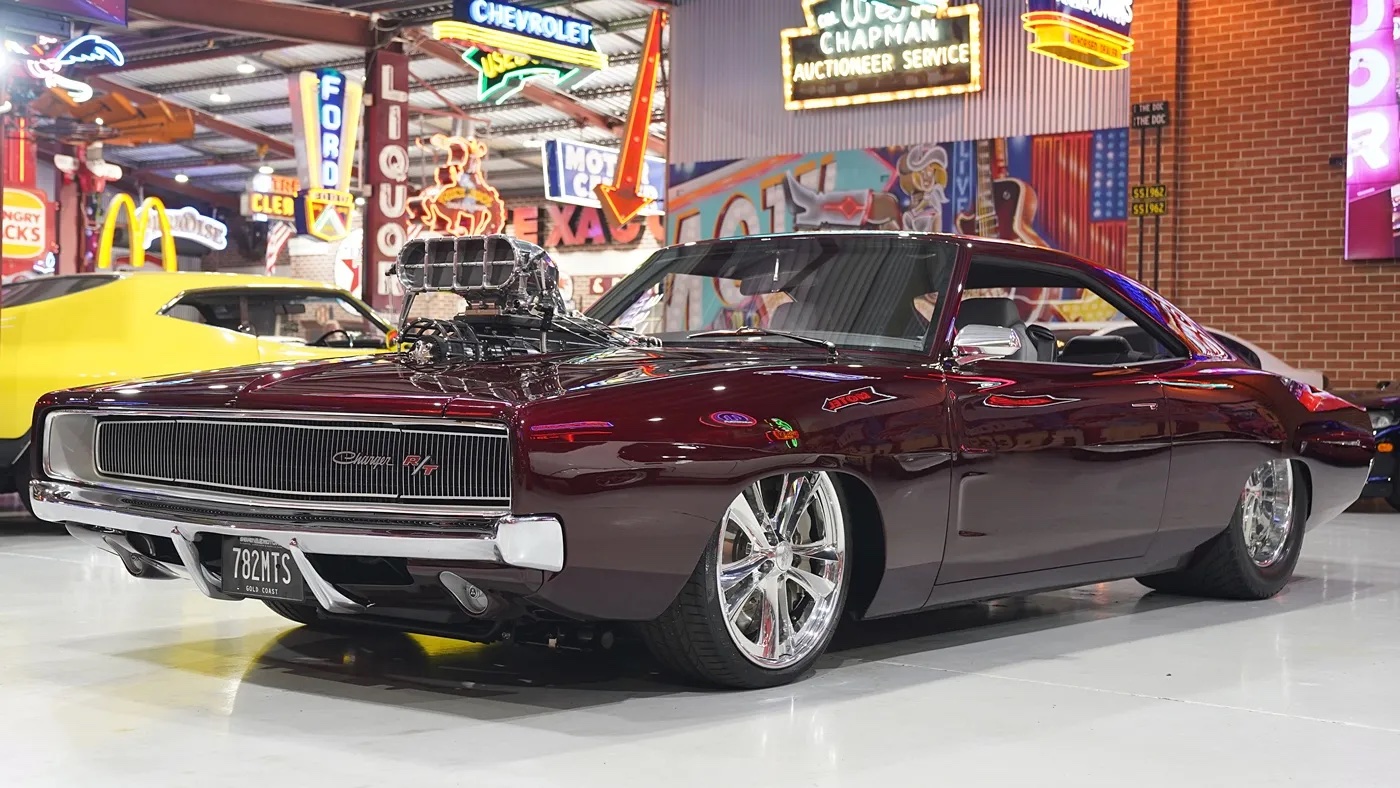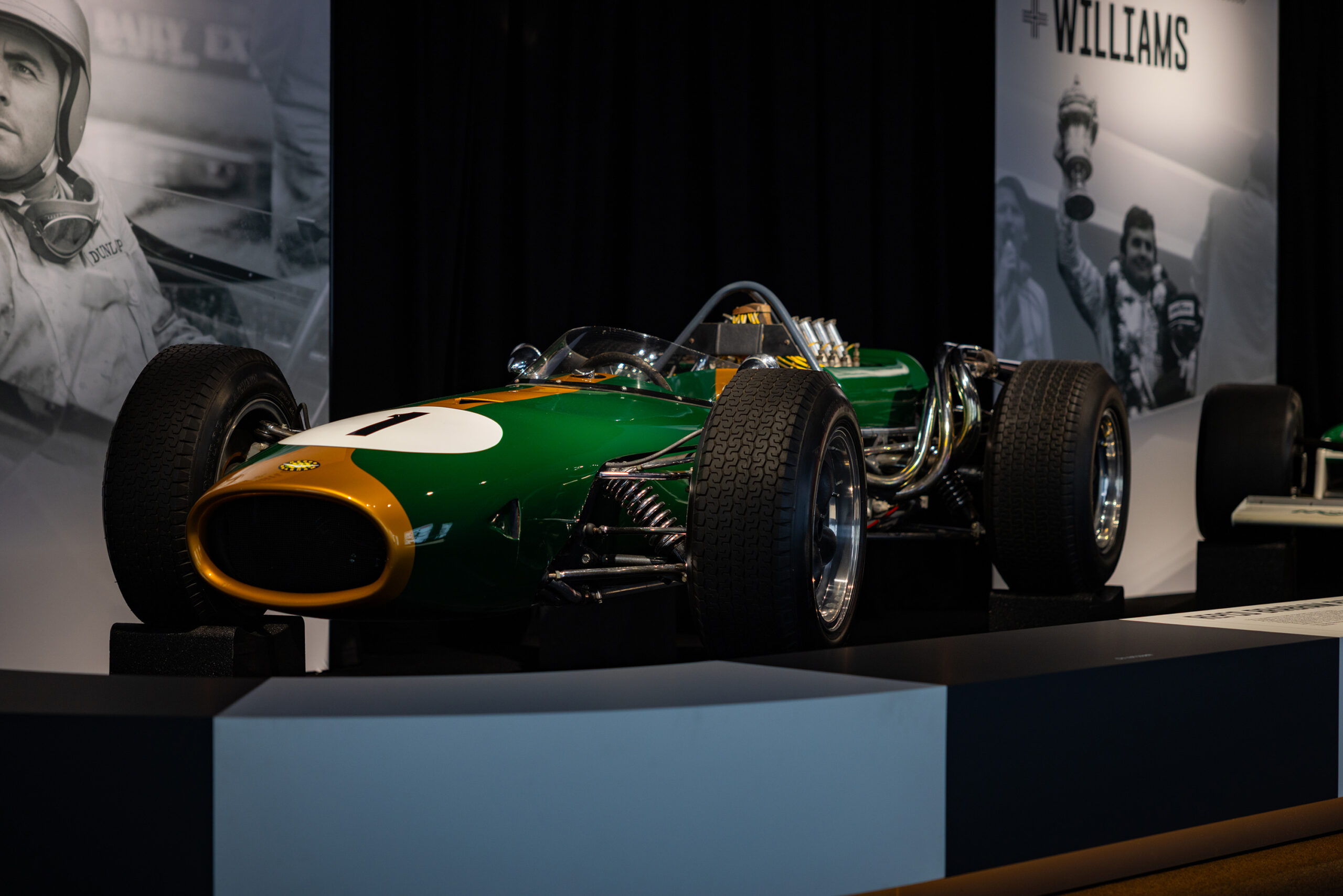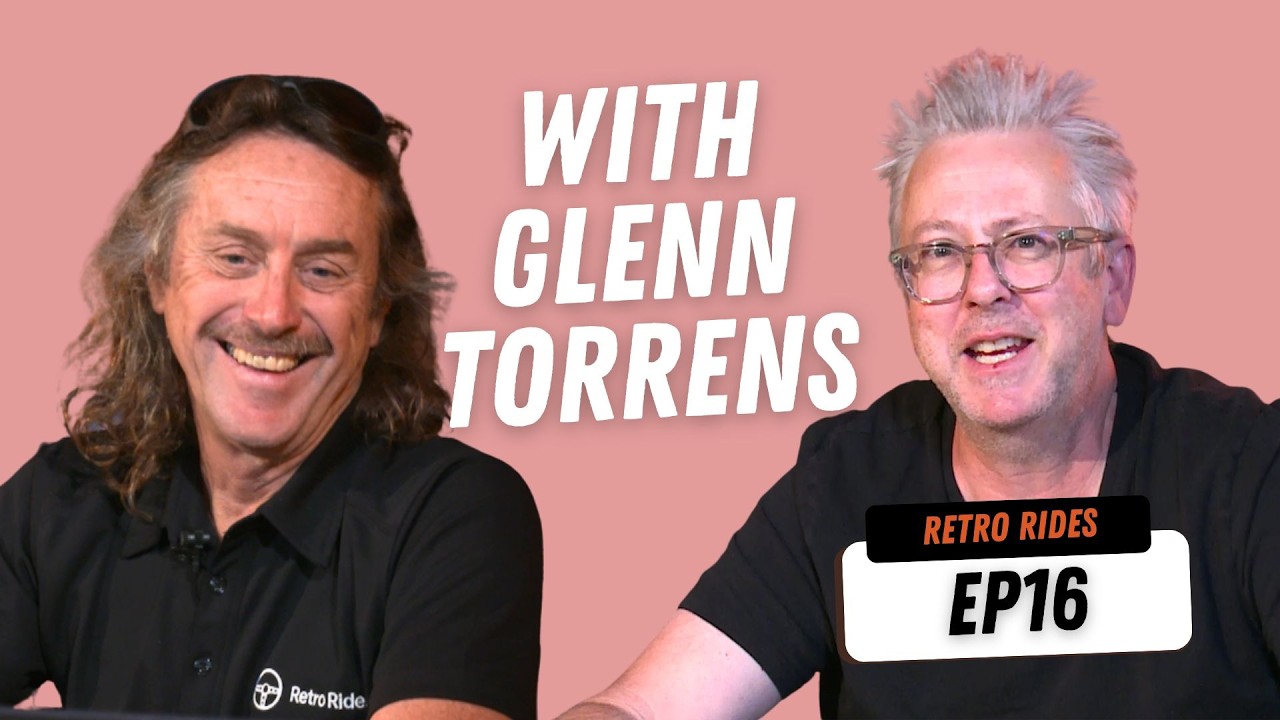Although initially set to be built in a facility set up in Rushcutters Bay the proposed 1000 car production target for the Australian Six meant building a factory in Ashfield became a necessity
If you lived in Sydney during last century, it’s likely you would have passed by the former AWA building on Parramatta Road at Ashfield, and not given its origins a second thought.
The vast brick structure, that for decades had produced valve radios and early television sets, in fact dated back to 1920 and at one time had been home to an ambitious local car-manufacturing venture.
Plenty of people in the years preceding World War I had tried and failed to manufacture motor vehicles in Australia; a situation that wasn’t going to deter the ambitious Frederick Hugh (F. H.) Gordon.
Gordon had been selling US-made motor vehicles and was reputedly trying to obtain support for local production of an American brand when World War I erupted.
After US troops joined the War on April 6, 1917, some two-and-a-half years after fighting began in Europe, Gordon – apparently sensing a potential end to hostilities – travelled to the US to visit the American Motors Corporation (AMC) based in New Jersey.
AMC had been associated with Louis Chevrolet before his alliance with General Motors and had built a model called the American Six.
Similar cars to be built here and based on the US product would logically be known as the Australian Six, but beyond that the knowledge pool surrounding Gordon’s project becomes murky.
Early reports point to Gordon initially importing sufficient components to build 150 chassis and with plans to make 1000 cars a year. Various numbers and body configurations were suggested, but accounts of what happened within the organisation, and the reasons for the brand’s demise are so conflicted that no version is likely to be 100 percent accurate.
One researcher who spent hundreds of hours tracking Australian Six history and scouring the nation for surviving cars was Simon Kelleher – Gordon’s grandson and the man responsible for restoring the only known Australian Six Roadster.
Kelleher, interviewed when his car was used to illustrate a 1984 Australia Post stamp issue, said his research indicated AMC supplied parts to construct 49 cars, not the 150 figure that had previously been bandied about. It’s possible that this discrepancy came about through the salesmanship of F. H. Gordon himself when seeking to attract potential agents and investors.
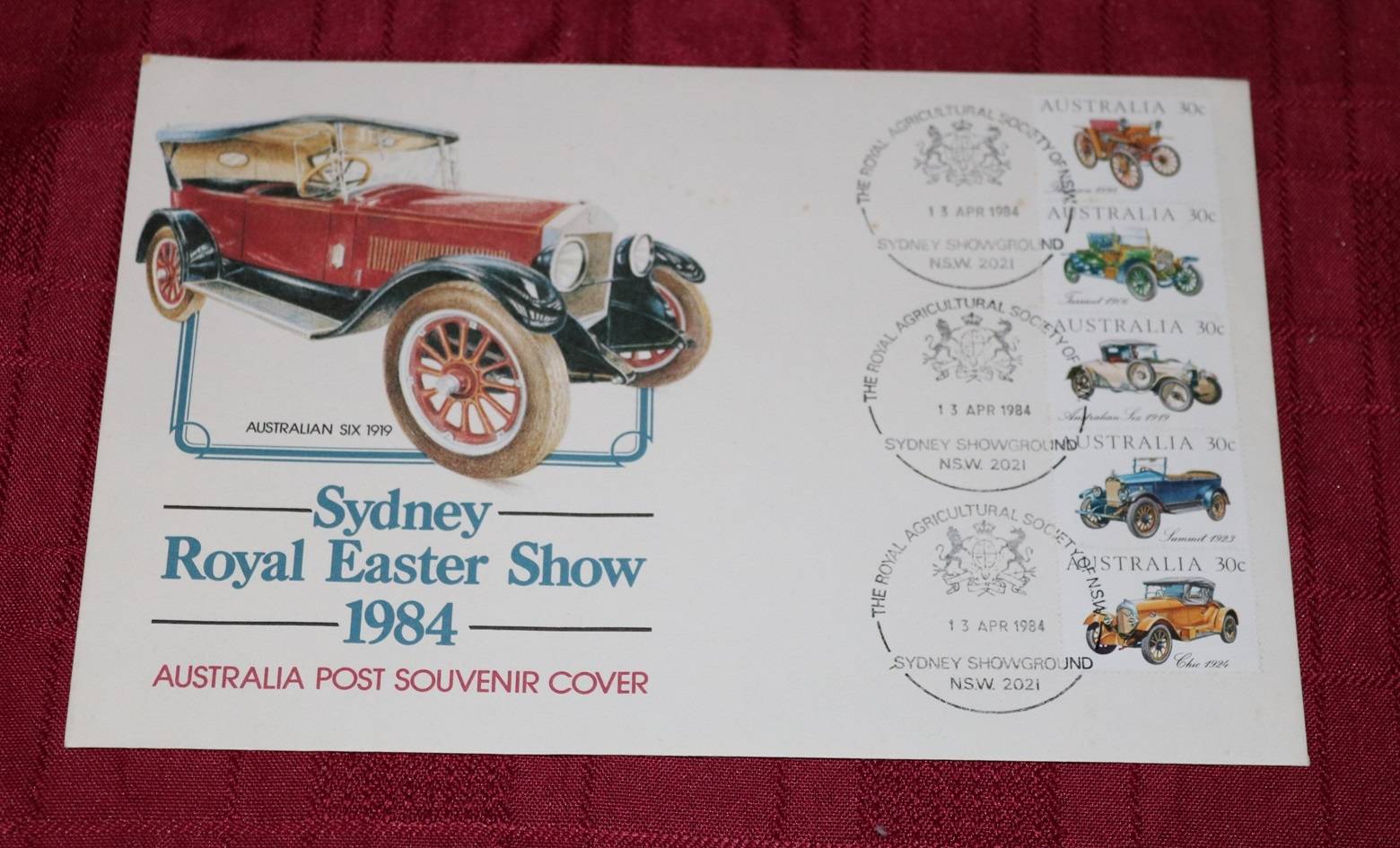
In 1984, the only known Australian Six Roadster was featured on an Australia Post stamp issue
“One complete chassis, numbered B767, was supplied and that car would eventually be restored and displayed by George Gilltrap at his Gold Coast museum,” Kelleher said.
“Two or three complete but unassembled cars came in the shipment, plus sufficient parts to make the remaining 47 rolling chassis. Bodies and trim would need to be supplied locally.”
Engines were sourced from the Rutenber Motor Company of Logansport, Indiana, which also supplied engines to a long list of early American automobile brands. The 3.7-litre six-cylinder developed a competitive-for-the-era 45 horsepower.
A heavier Muncie gearbox was specified after the original proved unreliable and radiators after 1920 were built locally to cope with Australia’s summer heat, and to give the cars a more prestigious appearance.
The Roadster featured by Australia Post on its Australian Veteran and Vintage Car stamp issue shows the later style of radiator, while the original rounded style is fitted to the earlier version which is housed at the National Motor Museum in Birdwood, South Australia.
An assembly facility was set up at Rushcutters Bay in Sydney’s Eastern Suburbs, but the proposed 1000 car production target meant larger premises had to be found.
With nothing available in the market, finance was arranged to build the Ashfield factory which from 1920, with Australian Six production in full swing, claimed to be the nation’s largest motor manufacturer.
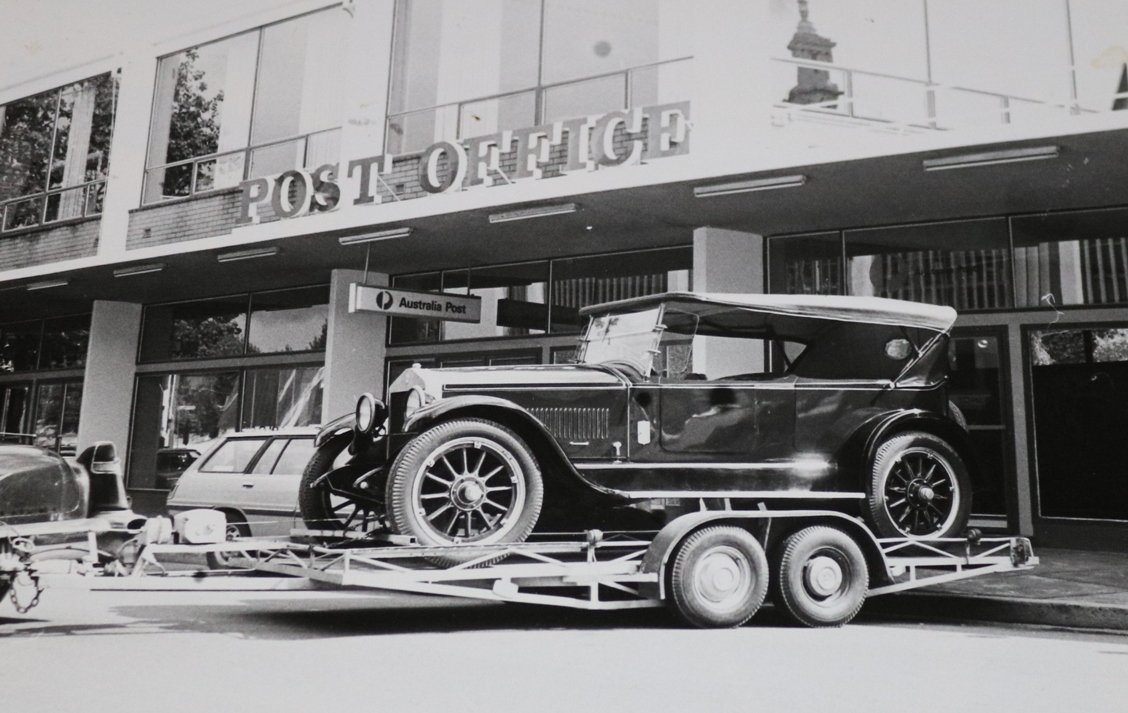
Despite the name, it was an American six-cylinder that powered the Australian Six, with the 3.7-litre engine sourced from Rutenber Motor Company in Indiana powering early vehicles, with an Anstead engine fitted later in its production run
Trouble loomed though, as outlined by John Cook who subsequently purchased Kelleher’s Roadster.
“The Australian Six Tourer was initially priced at £495,” Cook said when interviewed in 2005.
“That gave it an advantage over similar-sized Buicks and Hudsons, however problems with US supply forced the business to have increasing numbers of components made locally in small runs, and by 1923 the price of a ‘Six’ had almost doubled.”
In September 1919, shortly after production commenced at Rushcutters Bay and before Ashfield was established, a new company known as Australian Motors Limited was formed to oversee production of the Australian Six.
While F. H. Gordon & Company Limited continued to be involved as the Sales and Marketing arm of the business and Frederick Gordon remained a director of F. H. Gordon & Coy, it is unlikely that he held any role on the manufacturing side.
Management of Australian Motors Limited from late 1919 came under the control of John Joshua Hughes and David Buchanan Martin, who supervised expansion of the business.
Records don’t confirm how many cars from the first 49-unit shipment were completed at Rushcutters Bay – John Cook believes fewer than 20 – with the remainder being built at Ashfield.
The tenure of Hughes and Martin didn’t last, though, breaking down in May 1921, after approximately 250 cars had been sold.
Given the promises made by Gordon and others, it is fair to assume there were investors who were unhappy with the project’s progress, and looking to accelerate production to generate some returns on their money.
This would likely have been the reason why Australian Six was acquired by a consortium of financiers, who took over during 1922 and survived for a more than a year.
Who during this time was running the manufacturing side or juggling the increasing numbers of warranty claims due to failures of the Rutenber engines is unknown, but it would have been a busy time.
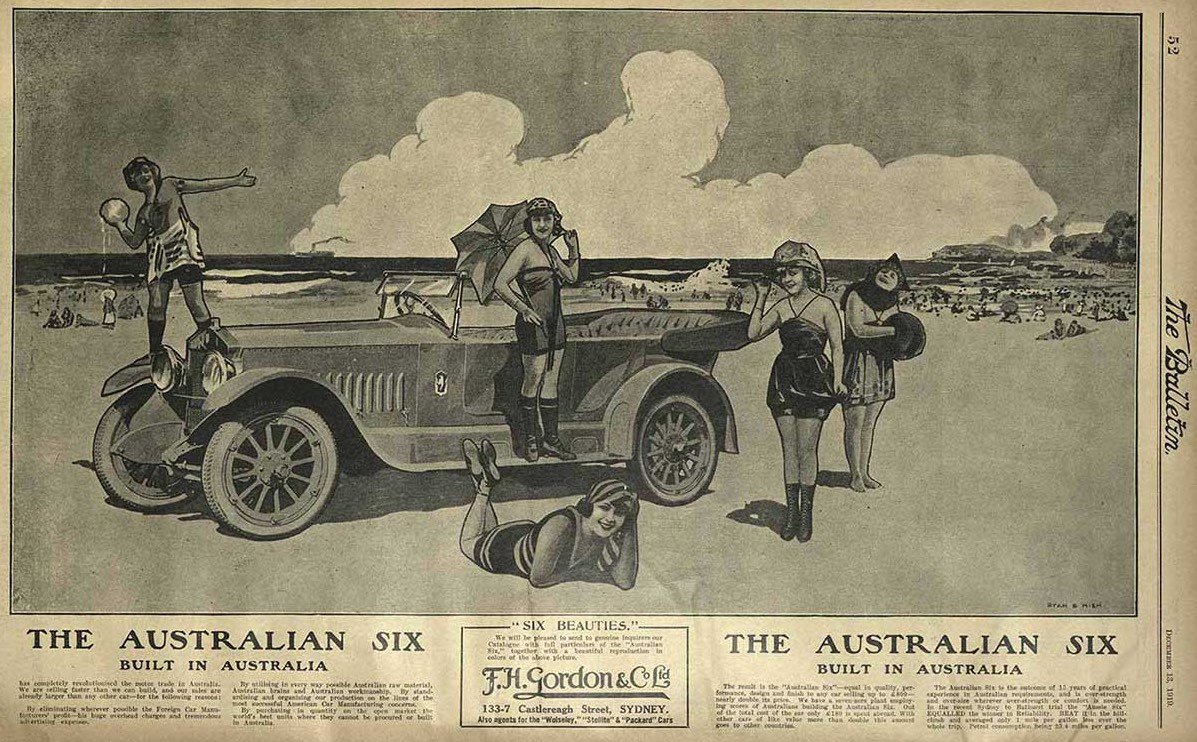
When it first launched, the Australian Six Tourer was priced at £495
According to John Hall’s research, the brand continued to struggle during this period and ownership passed to engineering company and hire car operator, Harkess and Hillier, which took over from late 1923.
Cook identified H&H initially as customers and the company bought its first car in 1920. They subsequently acquired seven more Australian Sixes during 1921 and were also involved as a component supplier.
At around the time of the H&H takeover, and possibly why they became involved, came the loss of the Ashfield factory, through no fault of the Australian Six Company or its management.
According to John Cook, the bank which held the mortgage over the property went bankrupt and it was sold to an unnamed organisation. This was not Amalgamated Wireless, however, which would not take over the site until 1935.
The business then moved further west to smaller premises that had been purpose-built a short distance away at Five Dock, on Sydney’s Parramatta Road. Another significant change at around this time was replacement of the Rutenber engine with an Anstead six-cylinder of the type used by quality North American brands including Durant and Lexington.
One of these engines surfaced in 2012 when listed for sale by a vintage parts business in NSW, but whether it was from an Australian Six is unknown.
Some histories of the brand suggest that a car fitted with the Anstead engine was driven in ‘record time’ from Sydney to Darwin, but John Cook’s research failed to unearth any reports of the car ever completing the run.
What Cook could verify was that his Roadster was Chassis #480 and had been built in late 1924. Cook doesn’t believe it was originally made as a Roadster – more likely a seven-passenger Tourer – but it is the ‘youngest’ Australian Six known to survive. Some articles suggest that production continued until the late 1920s, but Cook disagrees.
“The lack of any later chassis numbers than mine, even amongst cars that were beyond salvation, suggests that reports of up to 1000 cars being built and production continuing past 1925 were fanciful,” he said.
“A total of around 500 would be more realistic and even then, the proportion of known survivors is very low.”
Contributing to the low survival rate was minimal interest in the brand on the part of restorers.
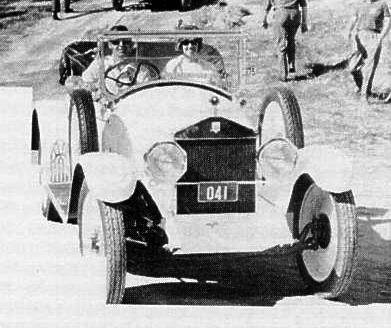
Around 490 examples of the Australian Six have never been found and likely never will be as, like many historic vehicles in the 1930s, would have been regarded as near worthless scrap
During the 1970s, Simon Kelleher found and restored two cars – the roadster and a tourer that for a time was displayed by the York Motor Museum collection in Western Australia.
The earliest known survivor and the car believed to be F. H. Gordon’s ‘prototype’ is the one that was housed for many years at the Gilltrap Motor Museum, and is now displayed at the National Motor Museum.
Another Australian Six was discovered near Mudgee in 1961 and bought by Modern Motor magazine for donation to the New South Wales Museum of Applied Arts and Sciences. It was also restored and is retained by the Powerhouse Museum collection at Parramatta.
The Powerhouse car, painted tan with a black roof, is a later version but not the same car displayed at the Sydney Showground Post Office at Easter 1984 to promote the Veteran and Vintage Cars stamp series.
That car, also a seven passenger Tourer, had the later peaked radiator and was likely supplied by the now defunct Green’s Motorcade Museum at Leppington, south of Sydney.
Wherever they are, around 490 examples of the Australian Six have never been found and very likely never will.
Like a lot of Australia’s historic vehicles, they would have been regarded by the 1930s as near worthless scrap and, once World War 2 erupted, joined the thousands of derelict cars repurposed to produce military equipment.

